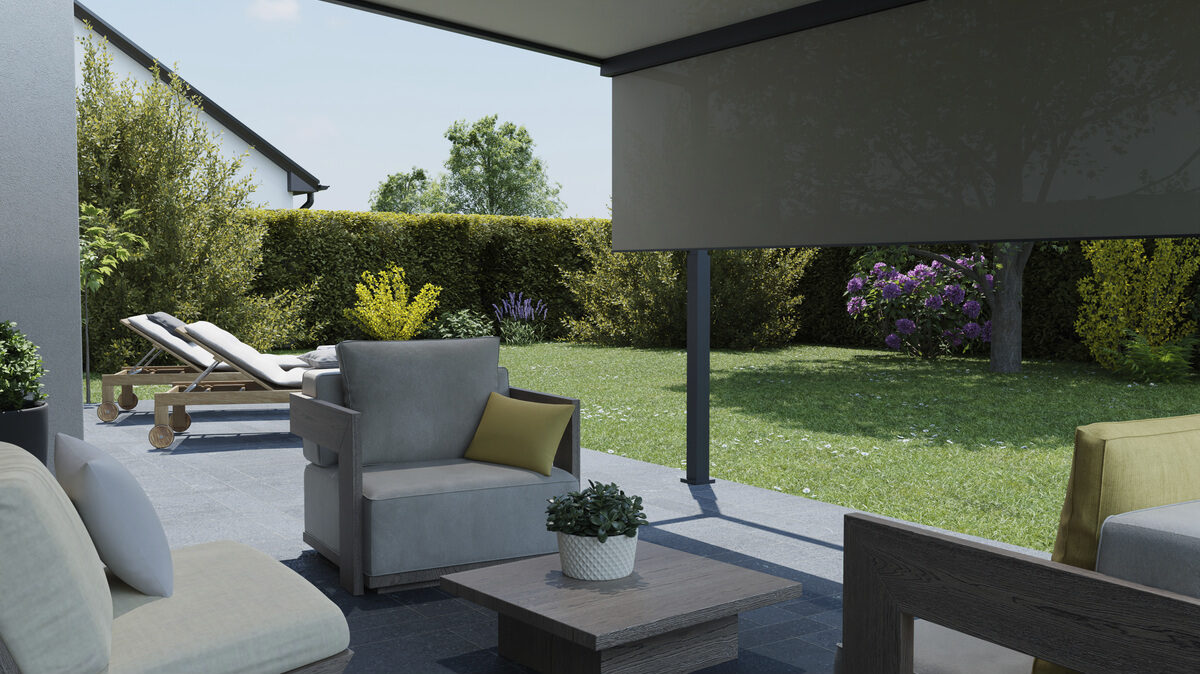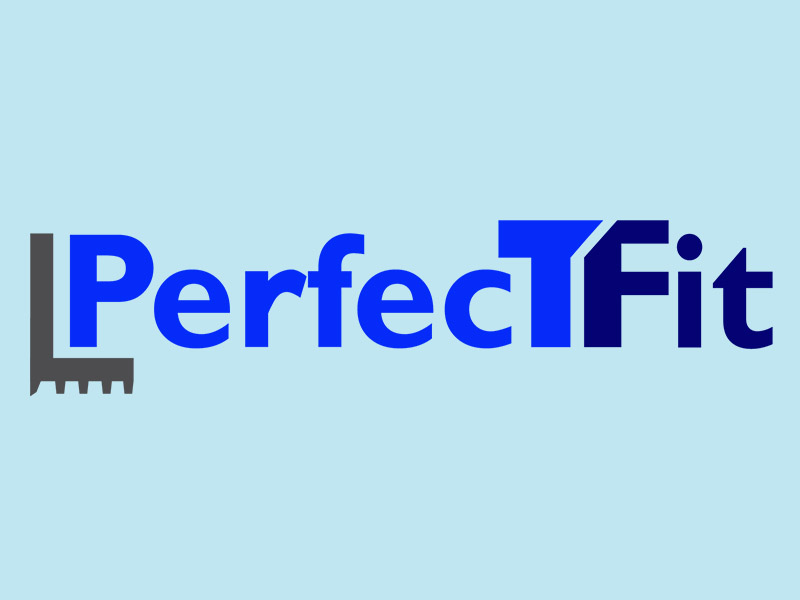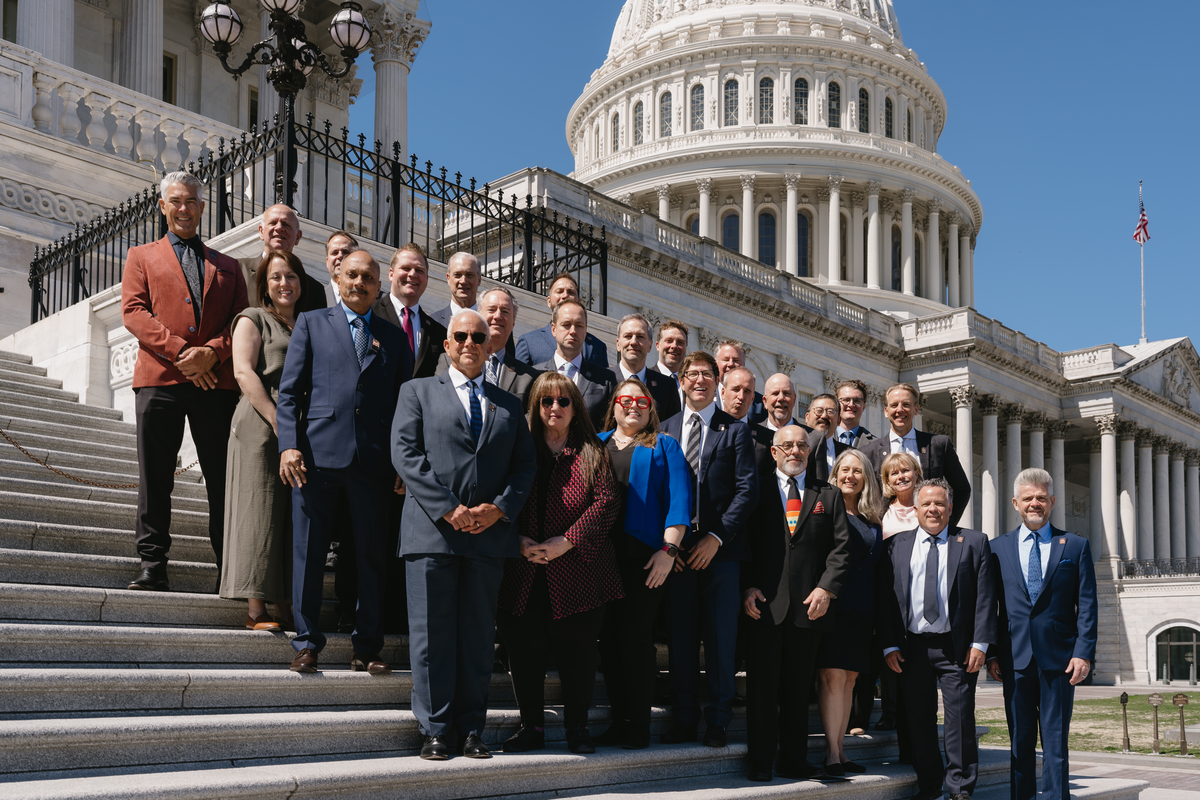Outdoor living is no longer limited to a patio table and a charcoal grill. In recent years, homeowners have been reimagining their yards, decks, and porches as true extensions of their interior spaces—complete with kitchen-grade appliances, entertainment zones, and automated comfort features. As this shift continues, integrators and builders are finding that smart technology isn’t just a nice-to-have outside—it’s becoming an expectation.
One area seeing rapid innovation is automated shading. While shading has long been a part of climate management inside the home, its application outdoors brings unique challenges—and new opportunities. Motorized solutions for awnings, pergolas, and vertical screens allow homeowners to adjust their environment in real time, improving comfort, protecting furnishings, and maximizing usable square footage.
These systems are especially valuable in transitional zones like covered patios or screened porches, where shading isn’t just about sun control but also about managing wind, rain, and bugs. By integrating motors directly into structural elements—such as retractable awning arms or pergola louvers—installers can provide homeowners with responsive, low-profile systems that maintain the aesthetics of the space while significantly enhancing functionality.
Sensor-Driven Adaptation: Automation That Thinks Ahead
Smart shading doesn’t stop at a motor and a remote. The real value lies in automation and environmental responsiveness. Weather sensors—measuring sun intensity, wind speed, and rain—can trigger pre-programmed behaviors without the need for user input. For instance, if wind speeds exceed a safe threshold, retractable awnings can automatically close to prevent damage. On bright days, pergola louvers can tilt to provide shade while still allowing airflow, or vertical screens can drop to reduce glare on outdoor TVs and improve privacy.

This level of automation is particularly beneficial for second homes or vacation properties, where owners aren’t always present. Rather than relying on manual operation or local weather reports, sensor-based systems allow the outdoor space to protect itself—preserving finishes, reducing maintenance, and extending the life of outdoor furnishings and infrastructure.
Bug Protection That Blends In
In many regions, mosquitoes and other flying insects can quickly turn a relaxing evening into a frustrating retreat indoors. That’s where exterior motorized screens offer a practical, often underestimated, benefit.
When installed around patios, porches, or within pergola frames, motorized screens create an instant barrier against bugs without compromising airflow, views, or design. Unlike permanent enclosures, these screens can be raised or lowered on demand, giving homeowners the flexibility to maintain an open-air experience during the day and a protected environment in the evening when insects are most active.
The result is a more livable, comfortable outdoor space—one that supports dining, entertaining, and unwinding at all hours. For families with young children or people sensitive to insect bites, the addition of automated screens can be the key to actually enjoying their backyard oasis, especially in humid or wooded environments.
From a design and installation perspective, these systems can be recessed into structural elements or installed with discreet housings, allowing them to blend seamlessly into both new construction and retrofit applications. They also integrate easily into smart home systems, so screens can be triggered as part of preset scenes or voice commands—lowering automatically at dusk or when exterior lights turn on.
Smart Home Integration: Bringing the Outdoors into the System
For homeowners already invested in platforms like Control4, Savant, Crestron, or Alexa-based ecosystems, the ability to manage outdoor shading through the same interface as indoor lighting, security, and HVAC is a major selling point. With APIs and third-party drivers readily available, motorized shading systems can be seamlessly integrated into custom scenes and schedules.
For example, a single “Evening” scene might include dimming the patio lights, lowering the insect screen, and tilting the pergola louvers—all with one voice command or app tap. Integrators can also create climate-responsive routines that factor in real-time weather or time-of-day changes, aligning the outdoor environment with indoor comfort expectations.
Lighting and Ambiance: Completing the Experience
Outdoor living isn’t just about functionality—it’s about ambiance. Lighting control plays a critical role in defining how these spaces feel and function after dark. With dimmable LED strips, pathway lights, and integrated fixtures controlled alongside shading, integrators can help homeowners craft a dynamic environment that adapts to entertaining, relaxing, or dining.
Combining lighting with shading enhances both aesthetics and performance. For instance, enclosing a porch with vertical screens and activating soft perimeter lighting can create a cocoon-like atmosphere that feels private and protected—even in a densely built neighborhood.
Opportunities for Integrators
As demand for outdoor living grows, so does the role of the residential technology integrator. These spaces present unique installation challenges—exposure to weather, seasonal usage, wireless coverage—but also offer high-value return on investment. Motorized shading, in particular, stands out as a transformative addition that’s both visible and functional. For professionals in residential tech, the message is clear: the outdoors is no longer beyond the reach of automation. With the right mix of smart shading, screens, sensors, and system integration, outdoor spaces can now be just as intelligent, efficient, and enjoyable as any room inside the home.









